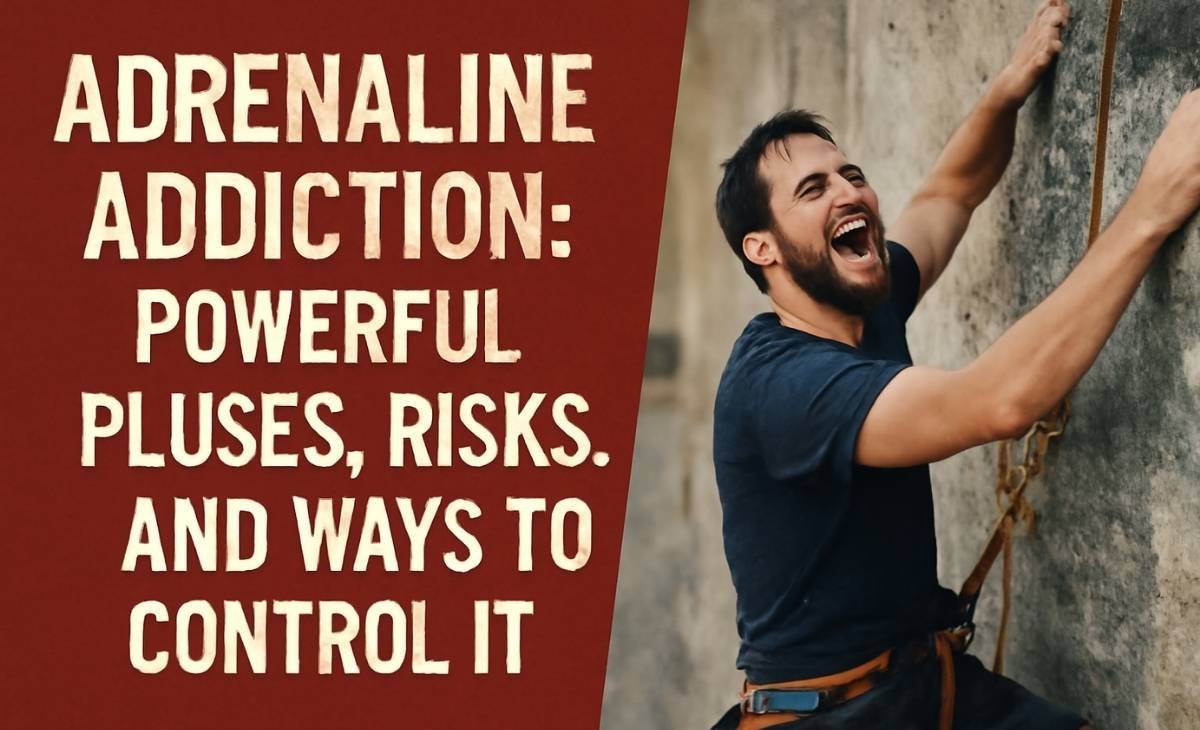When people think of addiction, substances like drugs or alcohol typically come to mind. However, adrenaline addiction is a unique form of dependency where individuals thrive on the rush of stress-induced adrenaline. This behavior often manifests through procrastination, risky activities, or confrontational habits to experience the high. If left unchecked, it can lead to physical exhaustion, heightened stress hormones, and diminished emotional well-being. Understanding its impact and adopting healthier coping strategies is key to breaking the cycle and maintaining balance.
What Is Adrenaline Addiction?
Adrenaline is a hormone released by the body during stress, fueling heightened energy and alertness. While beneficial in emergencies, chasing this sensation regularly can lead to dangerous habits. School is often the starting point for adrenaline addiction, where students procrastinate to feel the last-minute adrenaline rush. Risky driving, extreme sports, confrontational behavior, and thrill-seeking activities all offer temporary exhilaration but can become problematic over time.
The Harmful Effects of Adrenaline Addiction
Adrenaline addiction is tied to chronic stress, which increases the release of cortisol, a hormone linked to health issues like high blood pressure, heart disease, and anxiety. Over time, the brain adapts to frequent surges, making ordinary experiences feel dull. This drives adrenaline junkies to seek even more intense stimulation, creating a self-perpetuating cycle.
Positive Aspects of Adrenaline Use
When managed well, adrenaline can boost motivation and productivity. Type-A personalities often harness this energy to achieve remarkable results. However, unregulated adrenaline addiction can overshadow the benefits, risking burnout and health problems.
Practical Ways to Manage Adrenaline Addiction
First, recognize and reduce activities driven by unhealthy adrenaline dependency. Identify specific behaviors, like speeding or engaging in frequent arguments, and limit them. Relaxation techniques such as meditation, yoga, and deep breathing may help, though results vary. Fine-tuning behavior, rather than attempting radical change, is often more sustainable. Even small adjustments can significantly improve well-being and balance.
Conclusion
Adrenaline addiction is a hidden but powerful force that affects behavior and health. Recognizing its impact and making intentional changes can help break the cycle. Willing Ways emphasizes self-awareness, moderation, and mindful choices to lead a healthier, more balanced life.

